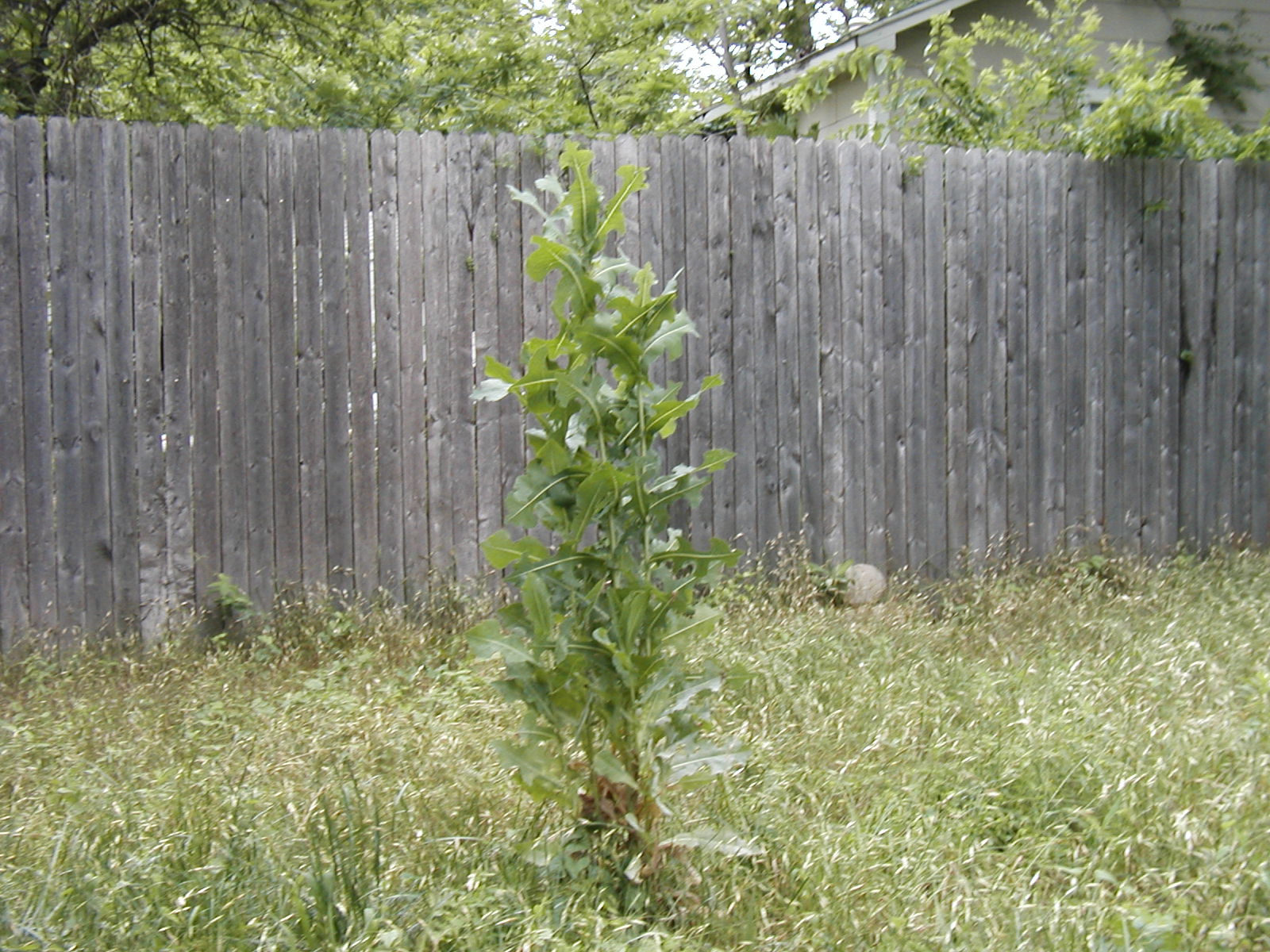|
List Of Plants Known As Compass Plant '', California compass plant, native to western North America
{{Plant common name ...
Compass plant is a common name of several plants: * ''Lactuca serriola'', native to Europe, widely introduced to temperate regions * ''Silene acaulis'', also known as moss campion or cushion pink, found in the Arctic and in mountain habitats * ''Silphium laciniatum'', native to eastern North America * ''Wyethia angustifolia ''Wyethia angustifolia'' is a species of flowering plant in the family Asteraceae known by the common names California compassplant and narrowleaf mule's ears. It is native to the west coast of the United States from Washington to California, whe ... [...More Info...] [...Related Items...] OR: [Wikipedia] [Google] [Baidu] |
Lactuca Serriola
''Lactuca serriola'', also called prickly lettuce, milk thistle (not to be confused with ''Silybum marianum'', also called milk thistle), compass plant, and scarole, is an annual or biennial plant in the tribe Cichorieae within the family Asteraceae. It has a slightly fetid odor and is commonly considered a weed of orchards, roadsides and field crops. It is the closest wild relative of cultivated lettuce (''Lactuca sativa'' L.). ''Lactuca serriola'' is known as the compass plant because in the sun the upper leaves twist round to hold their margins upright. ''Lactuca serriola'' is native to Europe, Asia, and north Africa, and has become naturalized elsewhere. Description ''Lactuca serriola'' has a spineless reddish stem, containing a milky latex, growing up to . The leaves get progressively smaller as they reach its top. They are oblong or lanceolate, often pinnately lobed and (especially for the lower leaves), waxy grey green. Fine spines are present along the veins and ... [...More Info...] [...Related Items...] OR: [Wikipedia] [Google] [Baidu] |
Silene Acaulis
''Silene acaulis'', known as moss campion or cushion pink, is a small mountain-dwelling wildflower that is common all over the high arctic and tundra and in high mountains of Eurasia and North America (Alps, Carpathians, southern Siberia, Pyrenees, British Isles, Iceland, Faroe Islands, Rocky Mountains). It is an evergreen perennial flowering plant in the carnation family Caryophyllaceae. It is also called the compass plant, since the flowers appear first on the south side of the cushion. ( Various other plants also have this name.) Description right Moss campion is a low, ground-hugging plant. It may seem densely matted and moss-like. The dense cushions are up to a foot or more in diameter. The plants are usually about 2" tall but may be as high as 6". The bright green leaves are narrow, arising from the base of the plant. The dead leaves from the previous season persist for years, and pink flowers are borne singly on short stalks that may be up to 1" long, but are usually mu ... [...More Info...] [...Related Items...] OR: [Wikipedia] [Google] [Baidu] |
Silphium Laciniatum
''Silphium laciniatum'' is a species of flowering plant in the family Asteraceae known commonly as compassplant or compass plant. It is native to North America, where it occurs in Ontario in Canada and the eastern and central United States as far west as New Mexico. Other common names include prairie compass plant,Zhang, H., et al. (1991)Development of leaf orientation in the prairie compass plant, ''Silphium laciniatum'' L.''Bulletin of the Torrey Botanical Club'' 118(1) 33-42. pilotweed, polarplant, gum weed, cut-leaf silphium, and turpentine plant.Wynia, R. 2009Plant Fact Sheet for compassplant (''Silphium laciniatum'' L.).USDA NRCS, Kansas Plant Materials Center, Manhattan, Kansas. 2009. It is a rosinweed of genus '' Silphium''. Description This plant is a taprooted perennial herb producing rough-haired stems usually one to three meters tall. The leaves are variable in shape and size, being long and wide. They are hairy, smooth-edged or toothed, and borne on petioles or ... [...More Info...] [...Related Items...] OR: [Wikipedia] [Google] [Baidu] |

